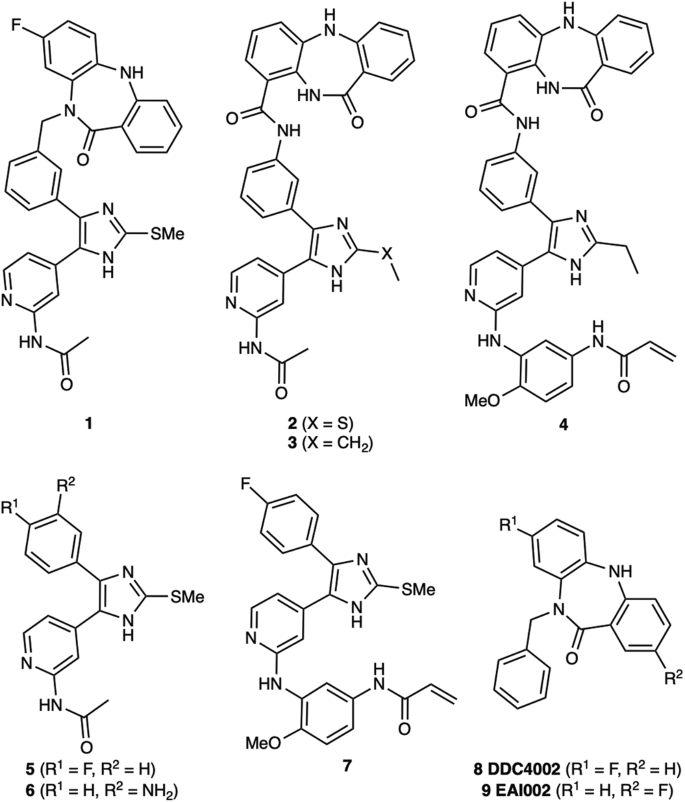2024-02-28 カリフォルニア大学リバーサイド校(UCR)
<関連情報>
- https://news.ucr.edu/articles/2024/02/28/how-sars-cov-2-virus-acquires-its-spherical-shape
- https://www.science.org/doi/10.1126/sciadv.adm7030
脂質二重膜内におけるSARS-CoV-2膜タンパク質の合成、挿入、特性評価 Synthesis, insertion, and characterization of SARS-CoV-2 membrane protein within lipid bilayers
YUANZHONG ZHANG, SARA ANBIR, JOSEPH MCTIERNAN, SIYU LI, […], AND THOMAS E. KUHLMAN
Science Advances Published:28 Feb 2024
DOI:https://doi.org/10.1126/sciadv.adm7030

Abstract
Throughout history, coronaviruses have posed challenges to both public health and the global economy; nevertheless, methods to combat them remain rudimentary, primarily due to the absence of experiments to understand the function of various viral components. Among these, membrane (M) proteins are one of the most elusive because of their small size and challenges with expression. Here, we report the development of an expression system to produce tens to hundreds of milligrams of M protein per liter of Escherichia coli culture. These large yields render many previously inaccessible structural and biophysical experiments feasible. Using cryo–electron microscopy and atomic force microscopy, we image and characterize individual membrane-incorporated M protein dimers and discover membrane thinning in the vicinity, which we validated with molecular dynamics simulations. Our results suggest that the resulting line tension, along with predicted induction of local membrane curvature, could ultimately drive viral assembly and budding.


